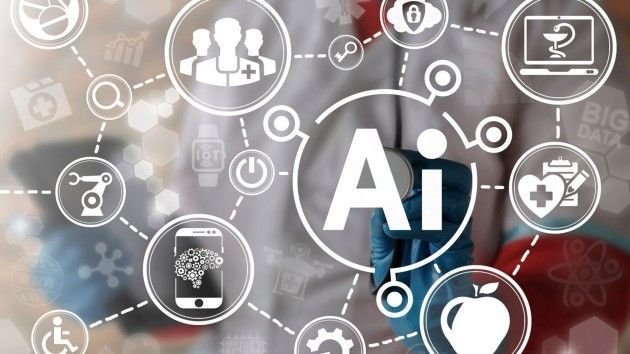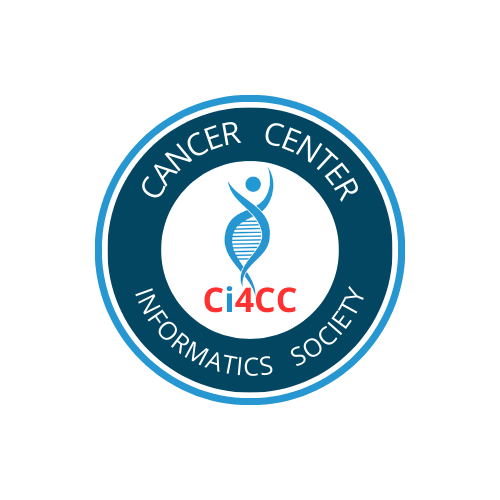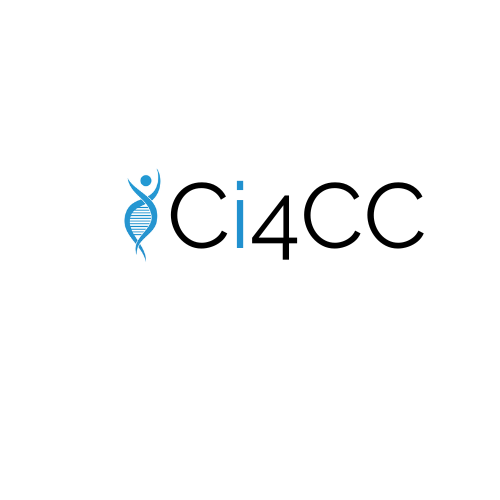24th Cancer Center Symposium
"Precision Oncology Powered by Data Intelligence"
November 7 - 9
Miami
Welcome to
Cancer
informatics
for Cancer Centers
The Designated & Community Cancer Center Informatics Society
“Turning Data into Knowledge, & Knowledge into Health ®”
For over a decade, we have served as a vital platform for professionals in precision oncology, data science, and cancer informatics, fostering collaboration and development. As a hub for applied innovation, it has made a profound impact on policy, oncology research and patient care, driving new insights and reshaping our understanding of cancer.
Cancer Center
Collaborative Initiatives
Learn More about Projects & Workshops
Join a Designated Cancer Center Alliance
Clinical Informatics Grand Rounds
A Cancer Center Monthly Webinar Series
Learn More & RSVP
Tech Download
A Cancer Center Monthly Webinar Series
Learn More and RSVP
New Paragraph





